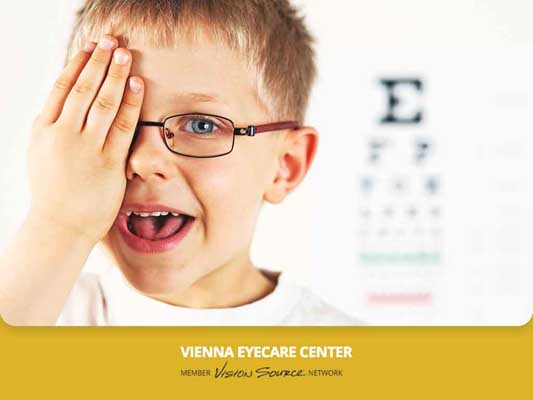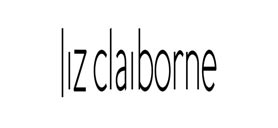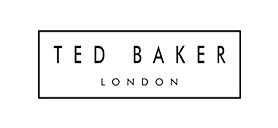Autism spectrum disorder can cause visual issues among children and adults, including poor eye contact, side viewing and staring at lights or spinning objects. For this reason, anyone who is diagnosed with autism should be thoroughly examined by an optometrist.

In this article, Vienna Eyecare Center discusses some of the visual problems commonly observed in people with autism spectrum disorder. We also discuss treatment options.
Visual Problems and Autism
People on the autism spectrum may have minimal or significant challenges in ocular motility, or the ability to follow a moving object with the eyes or follow letters in a word or words on a line of print.
Problems with accommodation or eye focusing are also common, so near-centered objects may appear blurry to an autistic person. Challenges with eye coordination and eye alignment, or the ability aim both eyes at the same point in visual space, may result in diplopia (double version) or suppression of the vision in one eye to avoid double vision.
It’s best to consult with an eye doctor to diagnose the specific visual problems that need to be treated.
Treatment
The treatment for ocular motility dysfunctions, accommodation spasm, strabismus (eye turn) and amblyopia may vary. However, the options typically include:
- Corrective lenses and prisms
- Yoked prism (for altering the perception of visual space and changing visual responses)
- Optometric vision therapy or orthoptics
Through these types of treatment, an autistic patient can gain peripheral stability and more efficient eye coordination, improve their visual information processing and organize visual space.
Vienna Eyecare Center provides exceptional eye care services and high-quality eyeglasses. Call us at (703) 938-7633 or fill out our contact form to make an appointment. We serve customers in Reston, McLean and Vienna, VA.












